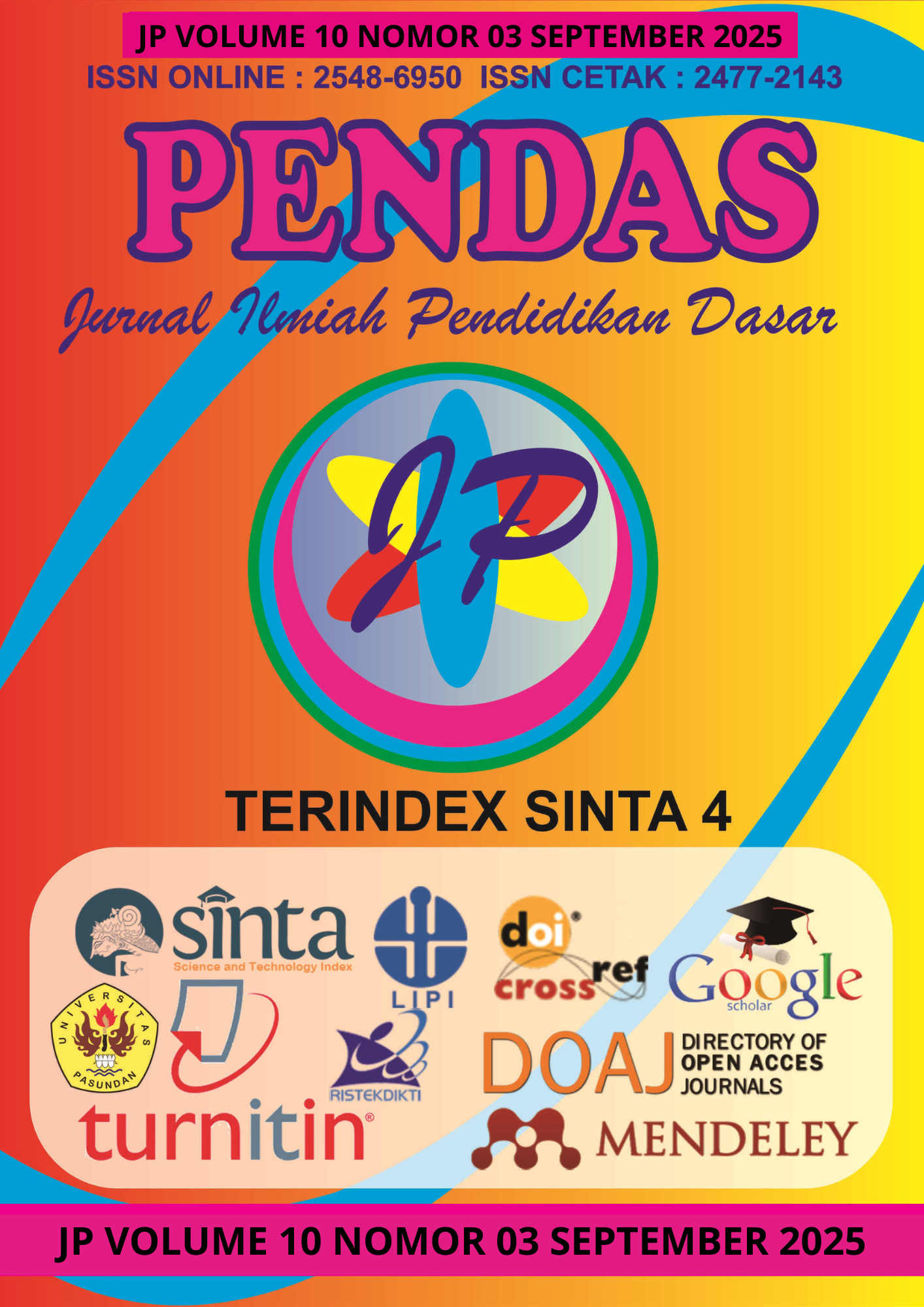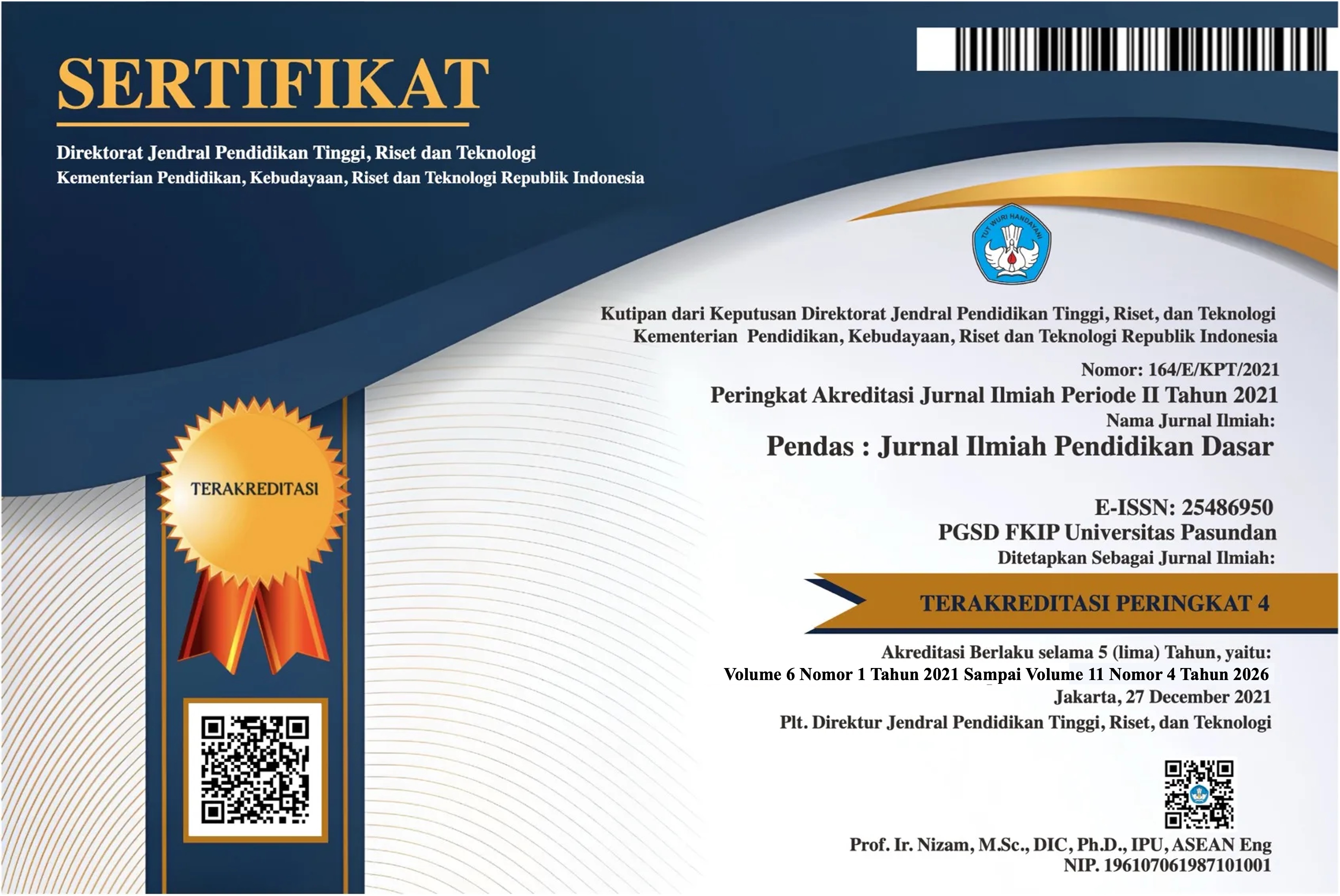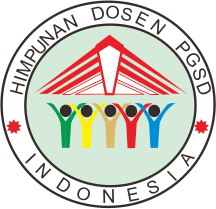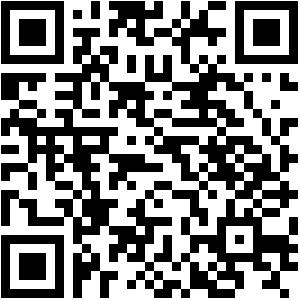ANALISIS KESALAHAN SISWA KELAS 9 MTS DDI BANUA DALAM MENGERJAKAN SOAL MATEMATIKA
DOI:
https://doi.org/10.23969/jp.v10i3.29992Keywords:
error analysis, statisticsAbstract
This study aims to analyze the errors of MTs students in solving statistical material
problems. The research method used in this study is the description method. The
study was conducted with the research subjects of 25 students of class IXc Nurul
Iman Sindangkerta in the 2019/2020 school year. The test questions were 5
questions. The results showed that the students' mathematical abilities in terms of
overall results were classified as low and there were 1 indicators that answered a
lot correctly, which were indicators that correctly identified a problem, which was
65%. And it consists of 1 indicator that enters a lot of answers which is 81% with
indicators explaining the steps or ideas of a problem solving clearly and precisely
into written form.
Downloads
References
Anderson, L. W., & Krathwohl, D. R. (2001). A taxonomy for learning, teaching, and assessing: A revision of Bloom's taxonomy of educational objectives. New York: Longman.
Anthony, G., & Walshaw, M. (2009). "Effective pedagogy in mathematics." International Academy of Education Bulletin, 19, 1-37.
Boaler, J. (2016). "Mathematical mindsets: Unleashing students' potential." Journal of Mathematics Education, 9(2), 45-62.
Carpenter, T. P., et al. (2015). Children's mathematics: Cognitively guided instruction (2nd ed.). Heinemann.
Hattie, J. (2017). *Visible learning: A synthesis of over 800 meta-analyses relating to achievement.* Routledge.
Kilpatrick, J., Swafford, J., & Findell, B. (2001). Adding it up: Helping children learn mathematics. National Academy Press.
Lesh, R., & Zawojewski, J. (2007). "Problem solving and modeling." In F. K. Lester (Ed.), Second handbook of research on mathematics teaching and learning (pp. 763-804). Information Age Publishing.
Mullis, I. V. S., et al. (2016). TIMSS 2015 international results in mathematics. TIMSS & PIRLS International Study Center.
National Council of Teachers of Mathematics. (2020). "Principles to actions: Ensuring mathematical success for all." Mathematics Teacher, 113(1), 8-15.
OECD. (2019). PISA 2018 results (Volume I): What students know and can do. OECD Publishing.
Schoenfeld, A. H. (2016). "Learning to think mathematically." Journal of Education, 196(2), 1-38.
Sfard, A. (2008). "Thinking as communicating." Educational Studies in Mathematics, 68(2), 171-189.
Smith, M. S., & Stein, M. K. (2018). 5 practices for orchestrating productive mathematics discussions. NCTM.
Sullivan, P., & Lilburn, P. (2017). Open-ended maths activities: Using 'good' questions to enhance learning. Oxford University Press.
Van de Walle, J. A., Karp, K. S., & Bay-Williams, J. M. (2019). Elementary and middle school mathematics: Teaching developmentally (9th ed.). Pearson.
Downloads
Published
Issue
Section
License
Copyright (c) 2025 Pendas : Jurnal Ilmiah Pendidikan Dasar

This work is licensed under a Creative Commons Attribution 4.0 International License.



















